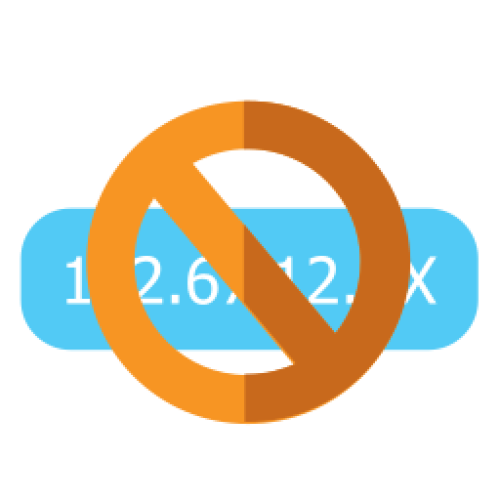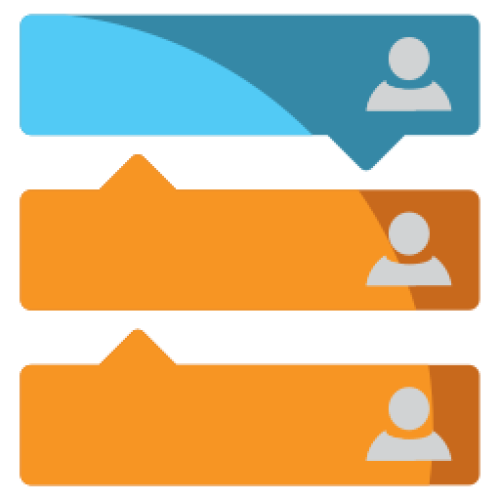Features: A-Z Index
A
B
C
D
E
F
G
I
L
M
N
P
Q
R
S
T
W
Newest 10 Entries
| Title | Integration |
|---|---|
| Icon |  |
| Description | Convert from other software: See our importing tutorial for a list of importers. Use an existing member system: See our download page for a list of forum drivers. Convert an HTML site into Composr pages LDAP support for corporate networks (Conversr only) HTTP authentication: Tie into an existing HTTP authentication-based login system (Conversr only) Proxying system: Programmers can integrate any existing scripts using our sophisticated proxying system (which includes full cookie support). Minimodules and miniblocks: Programmers can port existing PHP code into Composr itself without having to strictly conform it to Composr's framework |
| Title | Structure / Navigation |
|---|---|
| Icon |  |
| Description | Intuitive sitemap editor: Visually browse your site structure. Menu editor: Our user friendly editor can work with several different kinds of menu design (drop-downs, tree menus, pop-ups, etc) Zones (sub-sites): Organise your pages into separate zones. Zones can have different menus, themes, permissions, and content. They can also use a sub-domain. Full structural control: Edit, move, and delete existing pages and modules. Redirects: Set up redirects if you move pages, or if you want pages to appear in more than one zone. |
| Title | White-labeling (Debranding) |
|---|---|
| Icon | 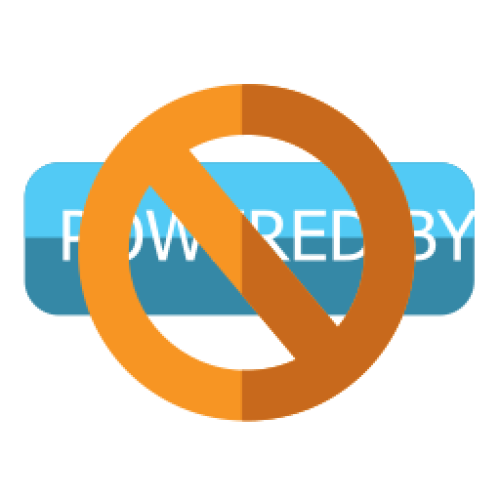 |
| Description | Use Composr for clients and pretend you made it. We ensure Composr is not hard-coded anywhere in the software where it would appear to an average user. |
| Title | Web standards |
|---|---|
| Icon | 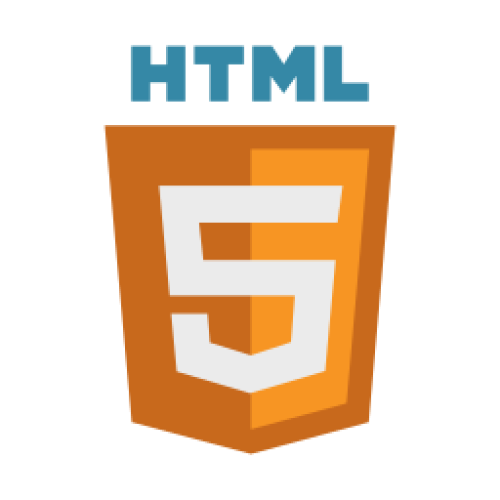 |
| Description | Responsive design and hi-dpi images True and correct XHTML5 markup WCAG, ATAG: Meeting of accessibility guidelines in full. Tableless CSS markup, with no hacks Support for all major web browsers Inbuilt tools for checking webstandards conformance of XHTML5, CSS, and JavaScript Extra markup semantics including Dublin Core support, schema.org, Open Graph, and microformats. Standards-based JavaScript (modern DOM and AJAX, no DOM-0 or innerHTML) Automatic cleanup of bad XHTML5: HTML outside your control (e.g. from RSS) will be cleaned up for you. |
| Title | Performance |
|---|---|
| Icon |  |
| Description | Highly optimised code Can run CDNs Multiple levels of caching Sophisticated template compiler Self-learning optimisation system Automatic pruning of old cache files when caches get large |
| Title | Localisation |
|---|---|
| Icon | 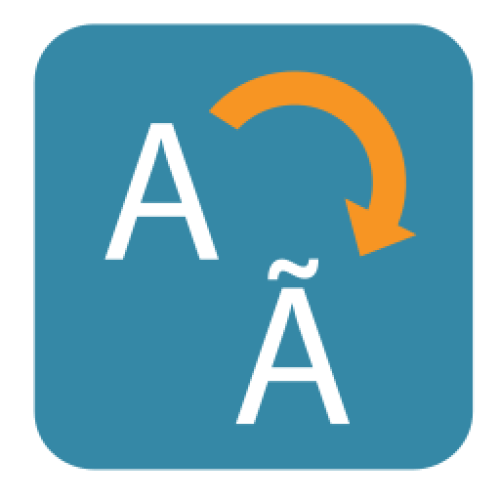 |
| Description | Translate Composr into your own language Translate content into multiple languages Custom time and date formatting Language packs: Download new language packs as users post them; host multiple languages on your website at the same time. Time zone support: Members may choose their own time zones, and dates / times will adapt to them. Support for different character sets and Unicode Serve different theme images for different languages Right-to-left languages possible |
| Title | Ease of Use |
|---|---|
| Icon |  |
| Description | Professionally designed user interfaces AJAX techniques: Streamlined website interaction. WYSIWYG editing Tutorials: Over 200 written tutorials, and a growing collection of video tutorials. Displays great on mobiles: Mobile browsers can be automatically detected, or the user can select the mobile version from the footer. All public website features work great on QVGA or higher. The default theme is also responsive and will adapt to the client screen size. A consistent and fully integrated feature-set: Breadcrumb navigation, previews, and many other features we didn't have space to mention here – are all present right across Composr. |
| Title | Search Engine Optimisation |
|---|---|
| Icon |  |
| Description | Supports different URL schemes and textual monikers Automatic site-map generation: Both XML Sitemaps and sitemaps for users. Metadata: Meta descriptions and keywords for all content. Auto-summarisation. Keyword density analysis when previewing content Correct use of HTTP status codes Content-contextualised page titles Semantic and accessible markup (e.g. ‘alt tags') |
| Title | Privacy Tools |
|---|---|
| Icon | 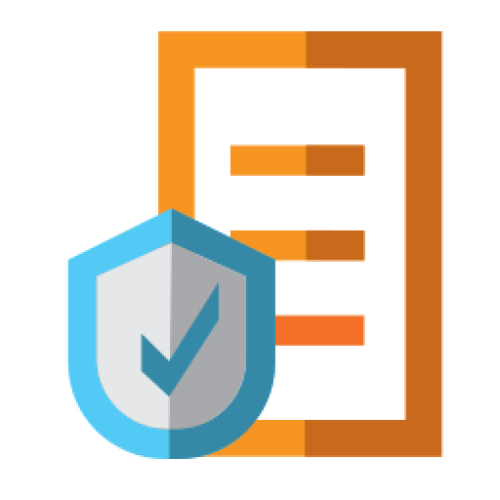 |
| Description | Compliance with major data protection legislation such as the GDPR Allow members to download or purge their personal data from their profile. Set a limit on the number of days between downloads / purges to preserve server resources. Also manage member data to a more technical degree in the Administration Zone. Allow members to purge their data upon deleting their member account Composr is careful to maintain important data (such as warnings or bans) when members request their data to be purged from their profile. But this data can still be purged on the admin side (in the Admin Zone). Automatic generation of a basic Privacy Policy based on site settings and installed addons Cookie Consent notice Set declarations on the rules page which members must agree to on registration (or whenever they are changed) which are also stored in the database and e-mailed to the member as a written copy |
| Title | Security |
|---|---|
| Icon |  |
| Description | Automatic detection, logging, notifying, and banning of hackers 2-factor-authentication: E-mail based 2-factor-authentication security when unrecognised IP addresses are used with certain usergroups (optional, Conversr-only). Password strength checks: Enforce minimum password strengths based on length and use of upper / lower case, numbers, and symbols, and avoiding repeated characters (Conversr-only). Architectural approaches to combat all major exploit techniques A JavaScript framework that makes XSS attacks virtually impossible Defence-in-depth: Multiple layers of built-in security. Encrypted custom profile fields: Once set the CPF can't be read unless a key password is entered (Conversr-only, requires OpenSSL). Extensive support and use of Content Security Policy (CSP) Track failed logins and automatically ban brute-force attacks HTML filtering Protection against CSRF attacks: Forms and AJAX requests make use of randomly generated POST tokens Root-kit detection kit for developers Cookies are secure and HttpOnly where possible to prevent session hijacking Set number of days that passwords expire or must be changed |
Top 10 Entries
| Question | What are Installation Options and how can I change them? |
|---|---|
| Answer | Installation Options are low-level settings for Composr, such as database details and default language. You can access the Installation Options editor through:
Remember that you'll need your maintenance password, specified during installation, to access and modify these options. |
| Question | How do I open or close my Composr website to the public? |
|---|---|
| Answer | By default, your Composr site is closed after installation. To open it to the public (or to close an opened site), go to Admin Zone > Setup > Configuration > Site options > Closed site and adjust the setting accordingly. You can also configure a closed site message. While a closed site prevents public access, it's worth noting that users can still join a closed Conversr-powered site if they have access to the join module URL. However, they won't be able to log in unless they're assigned to a usergroup with "Access closed site" permissions. You can modify the join module's permissions to restrict access further. |
| Question | What is the .htaccess file and how does it relate to Composr? |
|---|---|
| Answer | The .htaccess file is a configuration file for the Apache web server. It allows you to define settings that apply to the directory where it's located and its subdirectories. Composr can leverage .htaccess to enhance security and enable features like "URL Schemes." You can try renaming the provided recommended.htaccess file to .htaccess. This file includes recommended options that tighten security and ensure Composr has necessary PHP and Apache features activated. Note that some web hosts might restrict the use of .htaccess files. You should regularly review recommended.htaccess for changes between Composr updates. |
| Question | How do Composr permissions work? |
|---|---|
| Answer | Composr employs a multi-layered permission system with two main types: privileges and access permissions. The system grants users the best possible access based on the combination of their usergroups. Privileges define broad permissions, such as accessing a closed site or content manipulation abilities based on impact level (low, medium, high). You can set privileges for usergroups via checkboxes, with the option to override them for specific pages or categories. Go to Admin Zone > Security > Global privileges. Access permissions control what content users can view. These permissions are layered:
To configure access permissions, you can edit the specific resource or utilize the Permissions Tree Editor under Admin Zone > Security > Permissions Tree Editor. |
| Question | How do I set up the system scheduler in Composr? |
|---|---|
| Answer | The system scheduler is crucial for scheduled tasks like sending notifications, running backups, and processing reports. To set it up, you need to schedule a system-level task to run the data/cron_bridge.php file at least every 10 minutes. This links Composr's scheduler with your server's scheduler (like Cron on Linux). Composr can often detect the correct command to use for your setup. You can check by visiting http://yourbaseurl/data/cron_bridge.php?query_mode=1, which should display the suggested Cron command. Note that you may need to replace the php command with the absolute path to PHP if you cannot use the php command directly. If your hosting doesn't support Cron or scheduled tasks, you can enable scheduled tasks to run when visitors access your site. Navigate to Admin Zone > Setup > Configuration > Performance options and check "Web requests run scheduled tasks". Keep in mind that this method relies on visitor traffic and isn't as reliable as a dedicated scheduler. Alternatively, consider using external services like EasyCron, setcronjob.com, or onlinecronjobs.com. These services allow you to schedule calls to the data/cron_bridge.php script by URL at specified intervals. |
| Question | What are the different security levels in Composr's Setup Wizard and what do they affect? |
|---|---|
| Answer | Composr offers five security levels in the Setup Wizard: Minimum, Low, Medium, High, and Ultra High. Each level sets various security configurations that you can later customize under Admin Zone > Setup > Configuration. The security levels influence settings such as:
The higher the security level, the more stringent the security measures, with Ultra High offering the most robust protection but the most potential inconvenience to users. Generally, you should use these settings depending on your site:
|
| Question | How do I change my website's logo? |
|---|---|
| Answer | You can change your site's logo manually or by using the Logo Wizard. To change it manually, go to Admin Zone > Style > Themes. Choose "logo/-logo" from the dropdown list, which represents the logo for the Welcome Zone and any zone without a specific logo. Replace the current image by uploading a new .jpeg, .gif, or .png file. Ensure that the 'Name' field remains unchanged. |
| Question | What are Composr addons and how do I manage them? |
|---|---|
| Answer | Composr is built using a series of addons that provide different functionalities. All "bundled" addons are installed by default. Once you are familiar with Composr, it's recommended to remove any bundled addons you don't need to simplify your site and prevent accidental exposure of unconfigured features to visitors (the Setup Wizard can also uninstall these addons based on your preferences). You can manage addons by navigating to Admin Zone > Structure > Addons. Uninstalled addons are archived and can be restored later, but any associated data will be permanently lost. Composr also offers non-bundled addons. These addons are not bundled because they are not considered mainstream, rely on third-party services, haven't been vetted to Composr standards, or don't fully conform to those standards. You can install non-bundled addons by going to Admin Zone > Structure > Addons, scrolling to the bottom and clicking "Import non-bundled addon(s)". You will need to browse to the addon file and click the import button. Once imported, review the warnings and proceed to install the addon. You can also download and import addons from this website under the Downloads section. |
| Question | What are some of the default Comcode pages in Composr? |
|---|---|
| Answer | Composr includes several default Comcode pages, each serving a specific purpose:
Remember that you can edit these default pages or create entirely new ones to tailor your site's content to your specific needs. |
| Question | How do I hide a Comcode page from the sitemap? |
|---|---|
| Answer | If you want to prevent a Comcode page from appearing in your sitemap, you can simply prefix its name with an underscore (_). For example, pages named "_test" or "_example" would be excluded from the sitemap. Note that this generally does not hide the page from your site itself (to do that, use the validation addon to turn validated to "OFF" for the pages); it only hides them from the sitemap / search engines. |



























